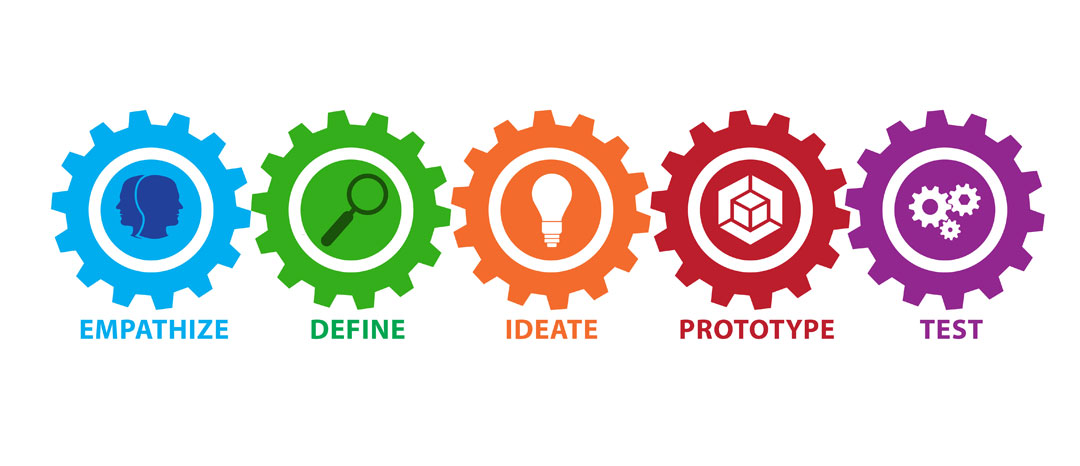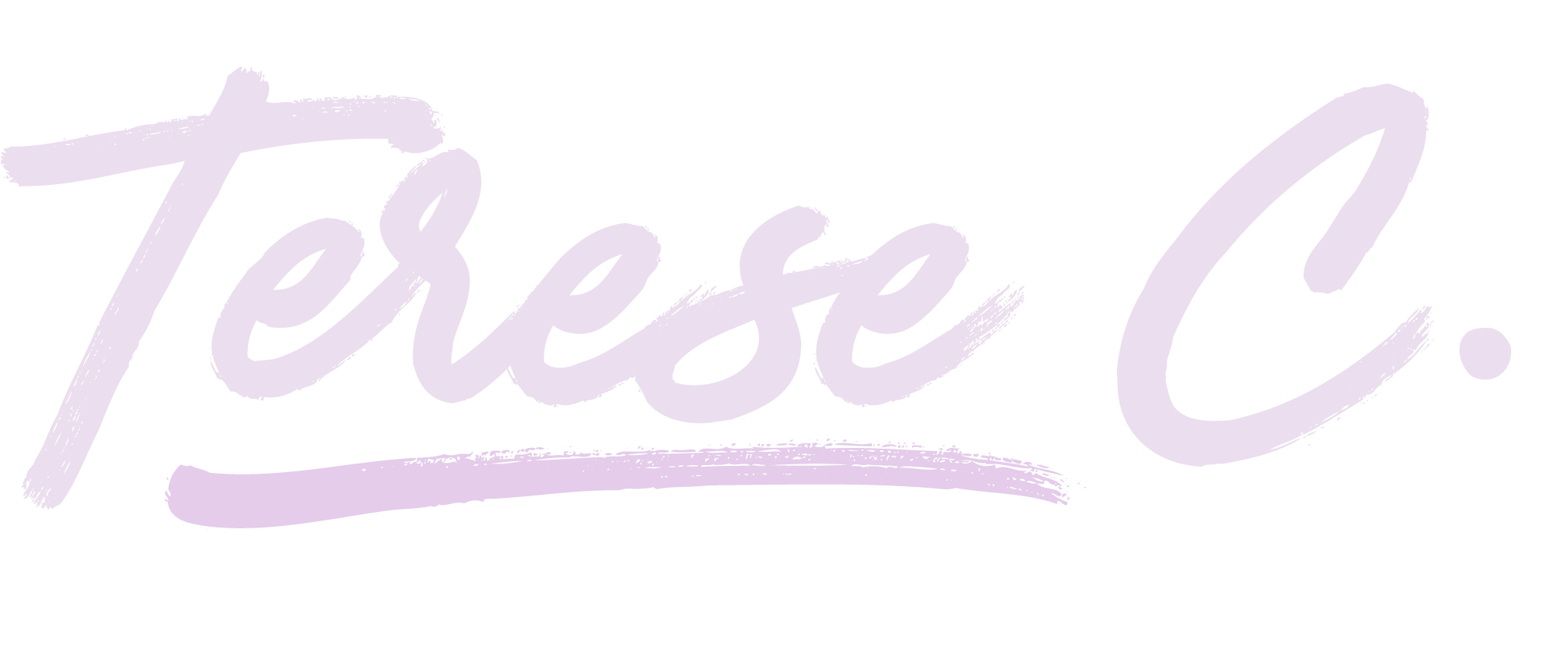
My take on Design Thinking
Design Thinking is a non-linear and iterative process that is often used to come up with innovative products or solutions that solve real problems for real people. The most common version of Design Thinking have 5 steps, and is both an ideology and a process.
When I was first introduced to this methodology I honestly struggled a bit to understand how this would help my design process. I thought it looked very complicated and overwhelming. But now I find that I use design thinking, in one form or another, every day and on every project.
The 5 steps in Design Thinking
The process is very user-centric and focuses on solving problems by focusing on the consumer/human first, and above all else.
But before you can tackle the steps, you need to understand the problem. What needs solving and why?
1. Empathize
After you have an understandig of the problem that needs solving, the next step is empathy. In this stage the designer seeks to gain an empathic understanding of the people they design for. What are their wants, needs and objectives? In this process we set aside our own assumptions and gather real insights about the user.
In this stage we form our research questions and do a lot of research to gather qualitative and quantitative data. Qualitative to get in-depth information about people’s motivations, opinions and beliefs, and quantitative to generate numerical data and transform it into usable statistics.
Research methods can be surveys, interviews and literature reviews for example, to gather information, analyse and form insights. One of my favorite ways to analyse a lot of information is using the atomic research approach and affinity mapping. Once you’ve formed your insights and made sense of your research, you enter the next step:
2. Define
This stage is about defining the problem and go from challenges to opportunities. You start to make sense of the insights and information you’ve gathered during the empathise stage. What is the users problem that you need to solve? What difficulties and barriers do they have?
In this phase you can create “How might we”-questions from the insights gathered and turn challenges into design opportunities. HMW-questions can help you come up with creative solutions to solve the problem. By the end of the Define-phase you should have a clear problem statement (and vision statement).
The process I like to use to form a problem statement is to use the 4 W’s: what, who, where and why – then I make a POV template, and the end result is my problem- and vision statement. When you have this information it is much easier to create a persona and scenarios.
When you have your problem statement, persona(s) and their context- and key scenarios, it’s time to enter the third phase.
3. Ideate
When you have a clear understanding of your users and the problem, it’s time to start working on potential solutions. This is where the creativity happens. In the ideate stage designers will be ideating solutions to the problem by conducting ideation workshops and sessions to come up with as many ideas as possible. Ideation techniques can be brainstorming, mindmapping, laddering or bodystorming for example.
I like to base my ideation sessions on the HMW-questions from the Define-phase, to frame and open up the design challenge. This process helps us think outside the box and think of many solutions, instead of getting fixated on the first idea or solution. Usually ideation sessions generates multiple ideas, and one can narrow this down by doing a dot-vote and then use the NUF-method to find the top idea(s). At the end of this stage you’ll have a few ideas to move forward with.
4. Prototype
In this phase it’s all about turning ideas into to tangible products by making a prototype. A prototype is usually a low-fidelity version of the product. Through this phase the solution will be put to the test to find any constraints or flaws. In the prototype stage the solution may be accepted, improved or rejected depending on how the solution works in prototype form.
At the prototype stage I usually do the requirements for the solution/product first. The requirements process explains what the product is and what it should do. The next step is the information architecture and user- and task flows before I start with the actual wireframes. When developing the wireframes I ususally consider the three levels of design (Don Norman), to make sure the product connects with the user’s needs and goals. The tree levels are the visceral-, behaviour- and reflective level. I then usually sketch ideas before moving into low-fidelity wireframes.
5. Test
The last step in the Desing Thinking process is testing, but it is rarely the end. Usually the results from this step will take you back into some of the previous steps to redefine the problem statement or the testing will give you a whole new idea for the solution. This step also means that you usually iterate more on the wireframes and move them from low-fidelity, to mid- and then high-fidelity wireframes. Testing should be done as early as possible to uncover issues before too much time is spent on the wrong idea or feature.
Often the purpose of testing is to identify usability problems and to see if the solution/product meets the user’s needs, wants, goals and mental models. This is done to see which areas needs to change and imporve before implementation.
Not a linear process
Design Thinking is not a linear process, even though it might seem that way. It’s a flexible and iterative process and you will move back and forth through the steps several times with each new discovery.
The 6th step
While Design Thinking have 5 main steps, implement is often added as the 6th step in this process. Implementation is crucial as this is where the vision is put into effect. The goal, at this stage, is to materialise the final design and get it out to the users. As meaningful as Design Thinking can be for us designers, it only makes a true impact and leads to innovation if our vision is executed.
Whether you’re working alone or in a team, Design Thinking helps you focus on the user, to innovate and design products that solve real problems for real users.
